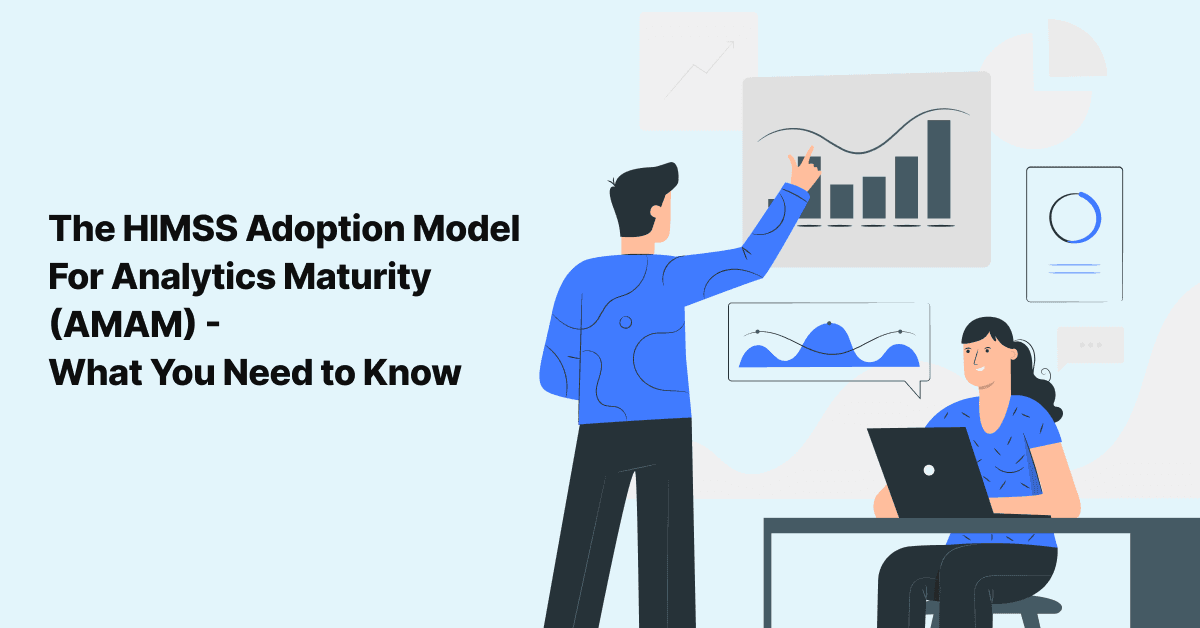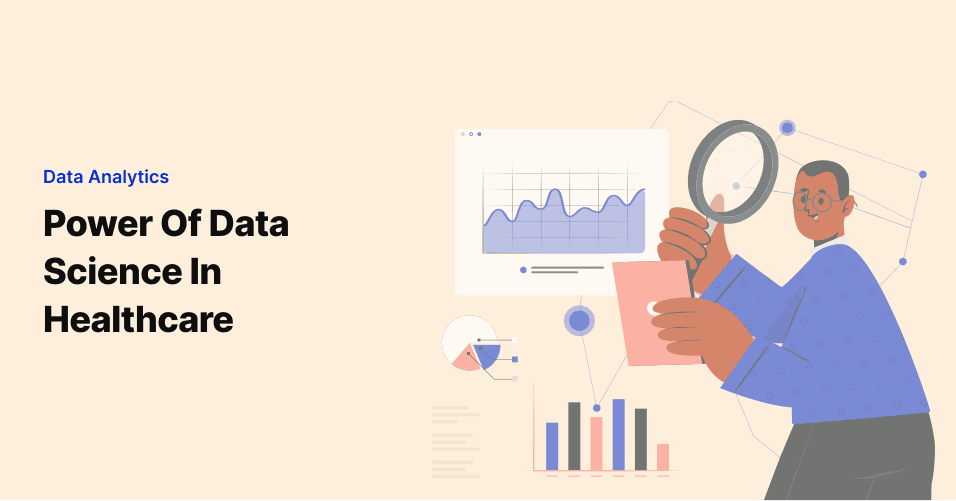
The HIMSS Adoption Model For Analytics Maturity (AMAM) - What You Need to Know
In the digital era, healthcare organizations must effectively harness extensive data to enhance patient care, …

The healthcare sector has undergone transformative changes following COVID-19, with a marked increase in telehealth usage and expanded reimbursements for Remote Patient Monitoring (RPM). These advancements underscore a shift towards a patient-centered care model.
Population Health Management (PHM) has emerged as a critical area in this evolved landscape. By blending public health principles with robust data analytics, PHM aims to not only enhance community health outcomes but also streamline costs effectively. As we look towards 2024, PHM technologies are leading the charge in the value-based healthcare arena, enabling providers to leverage superior data and predictive analytics to refine health interventions and financial strategies.
Central to Population Health Management (PHM) is the role of healthcare data analytics, which serves as a powerful engine that processes extensive data from Electronic Health Records (EHRs), insurance claims, wearable devices, and more. Utilizing advanced algorithms and machine learning, this analytics framework detects patterns and trends that inform population health strategies.
The application of data analytics in PHM offers substantial advantages. By understanding population health trends, providers can proactively predict and prevent diseases, tailor interventions, and optimize resource allocation. This shift from reactive to proactive care not only enhances patient management, especially for chronic conditions but also significantly cuts healthcare costs while improving outcomes.
Identifying High-Risk Population: Kaiser Permanente uses predictive analytics to identify patients at risk for diseases like diabetes, allowing for proactive care and preventive measures to minimize disease onset and reduce costs.
Improving Care Coordination and Patient Outcomes: Mayo Clinic integrates electronic health records across its services to improve data sharing and care coordination, enhancing patient outcomes and satisfaction.
Monitoring Health Outcomes: Cleveland Clinic employs real-time data monitoring to assess treatment effectiveness and adjust care protocols, enabling tailored patient care and quick responses to health trends.
Improving Health Plans: UnitedHealth Group analyzes healthcare usage data to design cost-effective insurance plans focused on preventive care and efficient chronic disease management.
Targeting Resources: Partners Healthcare directs resources like mobile clinics to underserved areas based on community health data, improving access and reducing health disparities.
Claims Integration
Objective: Capture comprehensive data on healthcare services provided to patients.
Roadmap:
EHR Integration
Objective: Aggregate patient health information from various care settings for holistic patient management.
Roadmap:
Socioeconomic Data Integration
Objective: Incorporate social determinants of health into population health management strategies.
Roadmap:
Medication Adherence Data Integration
Objective: Monitor and improve medication adherence among patient populations.
Roadmap:
Patient-Generated Health Data Integration
Objective: Incorporate data generated by patients themselves, such as wearable devices and mobile health apps, into care management.
Roadmap:
Population Health Management (PHM) technologies are transforming healthcare delivery and enhancing outcomes by leveraging healthcare data analytics. These tools enable providers to pinpoint high-risk groups, streamline care coordination, continuously monitor health outcomes, refine health plans, allocate resources wisely, and improve overall care management. As we advance through the complexities of population health, PHM technologies are proving essential in our pursuit of healthier communities and superior healthcare.
Join over 3,200 subscribers and keep up-to-date with the latest innovations & best practices in Healthcare IT.

In the digital era, healthcare organizations must effectively harness extensive data to enhance patient care, …

As healthcare organizations seek to transform into technology-driven, data-rich entities, there is an …

In an era when data is everything, finding ways to cultivate and drive analytics is a priority in nearly every …